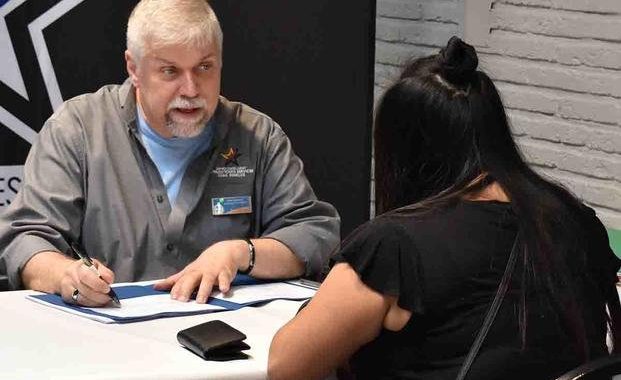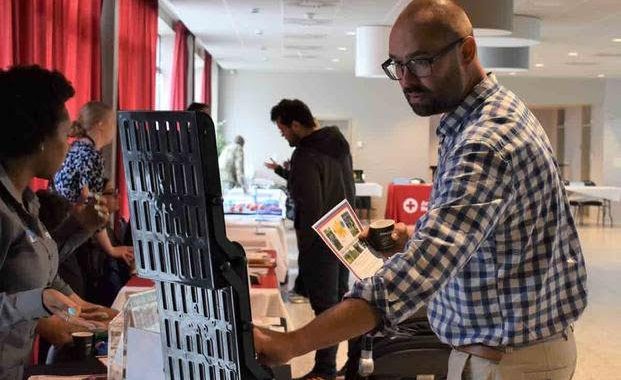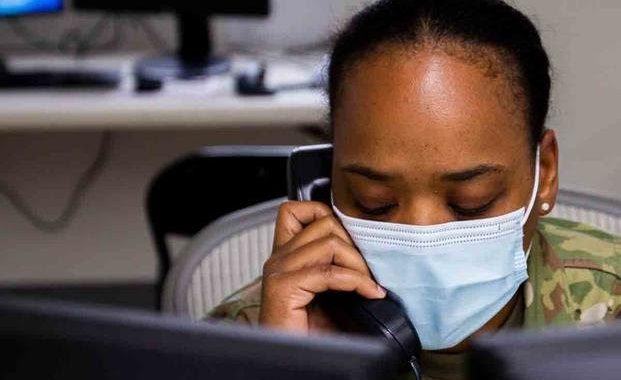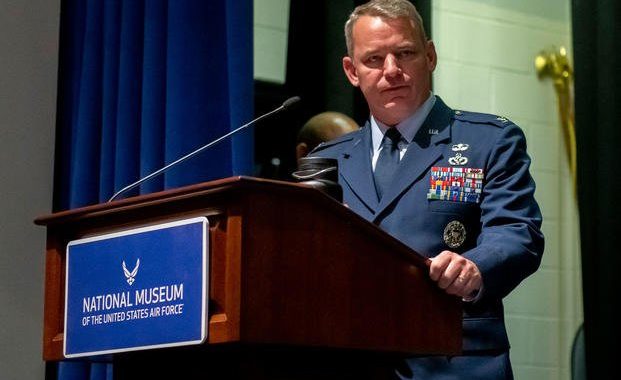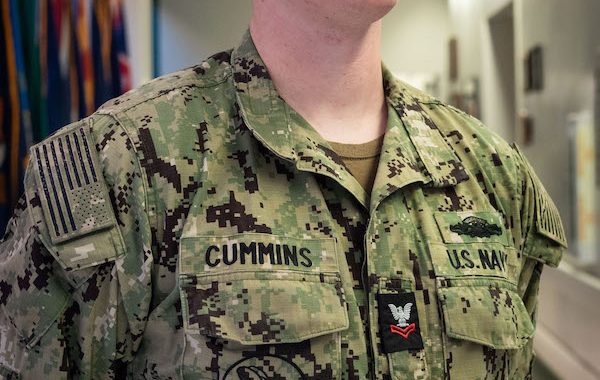82nd Combat Aviation Brigade Harnesses Cost Effective, Innovative Medical Training
3 min read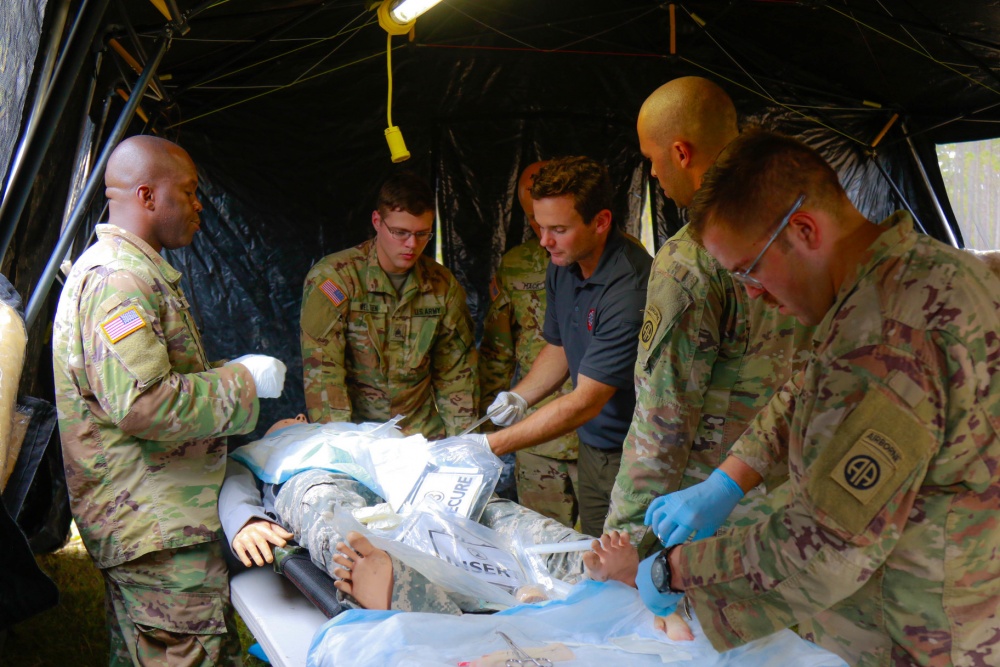
FORT BRAGG, NC, UNITED STATES
Story by Staff Sgt. Sharon Matthias
82nd Combat Aviation Brigade
FORT BRAGG, N.C. — The 82nd Combat Aviation Brigade, 82nd Airborne Division, upholds its commitment to support the National Defense priorities, which includes a responsibility to gain full value from every taxpayer dollar spent on defense and thereby earning the trust of Congress and the American people.
Charlie Co., 3rd Aviation Battalion, 82nd Combat Aviation Brigade (3rd- 82nd GSAB), hosted phase II of a week-long Tactical Medical Practitioner (TMP) training on Fort Bragg, North Carolina, which saved their unit approximately $38,000.
U.S. Army Staff Sgt. Burdette Robb, a flight medic and training noncommissioned officer in charge, agreed that facilitating the training here was more cost-effective than sending the Soldiers to another state.
“The main reason for having the training here instead of TDY (temporary duty) was the cost,” said Robb. “To send a Soldier TDY, we would’ve had to pay for their meals, lodging, incidentals, and travels, which cost about 65% more than hosting the training here.”
Among all the companies that offered the TMP training, Robb discovered one that will not tradeoff quality training for cost.
“The cost changed phenomenally just to bring everything to our backdoor, and the Soldiers get to go home to their families every night and accomplish things here on their duty post compared to being out of town,” said Jeremy Urekew, an instructor at Special Operations Aid and Rescue.
Twenty U.S. Army Combat Medical Specialists from the 82nd Airborne Division were enrolled in the TMP course.
Prior to attending the practical phase of the TMP course, during which they earn a total of 82 course hours and recertification, the Soldiers must complete 32 hours of online classes.
The training included, but was not limited to, patient assessment, rigging skeds for hoisting environment, prolong field care in austere environments, rappelling, mechanical balance, improvised rope rescue, drown proofing, water confidence, chest tubing, surgical stitching, ultrasound, cricothyroid procedures, inventory management, and night field-based mass casualty exercise.
U.S. Army Sgt. Karl Welten, a native of Bushkill, Pennsylvania, and now a flight medic with Charlie Co., 3rd Battalion, 82nd Combat Aviation Brigade, 82nd Airborne Division, shared his opinion about the TMP course.
“It was outside the training we normally get. They had a different skill set which was definitely beneficially,” said Walten. “Their medical perspective was not for the Army, but they tailored it and everything they went through was geared with the Military in mind and absolutely applicable downrange.”
The original TMP course was designed for paramedics and law enforcement agencies. However, the curriculum was flexible and scalable to customize it to manage battlefield injuries, said Urekew.
The Army’s Aviation Restructuring Initiative tasks leaders to maintain the most modernized force across the fleet while meeting the required reduction in structure, sustainment, and operating cost.
Charlie Company senior enlisted noncommissioned officer 1st Sgt. Omar Anderson was among the Soldiers who took the TMP course.
“It was beneficial, and it changed my point of view when it comes to maintaining a modernized unit because medicine, like technology, is evolving constantly,” said Anderson. “I’ve been using a specific technique to control bleeding for ten years. Today, in five minutes, I learned a new technique.”
Units should pursue hosting future training with civilian companies, which in turn will strengthen relations between the military and the civilian sectors, said Anderson.
Army Sgt.1st Class Charles Mack, who served 16 years as a ground and flight medic, like Anderson, said the training was realistic, challenging, and refreshingly new.
“It is one of the best classes I’ve ever had. It was physically demanding at times, yet we also learn simple skills that medics never used. I can tie three knots now with my eyes closed,” said Mack. “It was really more cost-effective than going TDY.”
“We got a lot of bang for this buck,” said Mack.


